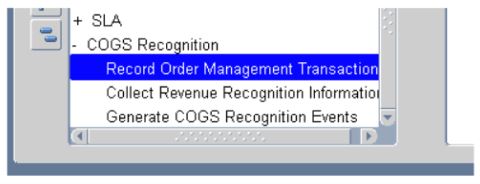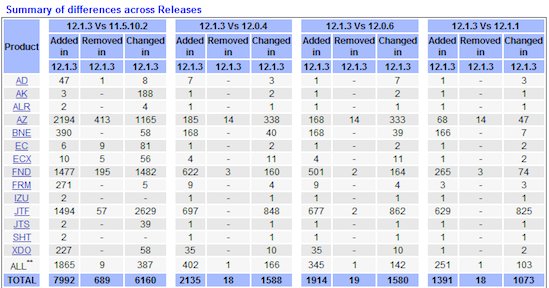In my previous blog entry, I talked about the overall picture of developing a custom Oracle Projects interfacing process. In this entry, I’ll review the steps for creating the initial Project record and associated components. For the Projects Interface Application used as my reference, the main Project record requirements are: Customer; Project Manager; Tasks; Budget (Cost/Revenue)
For those familiar with developing API based interfaces, calling the Create-Project API functions in the same way. For those unfamiliar with API development, prior to the actual API call, inbound data from the third-party application should be assigned to the available API record-fields, for creating the Oracle Project (much like populating the fields of an Interface table). Some fields are required and will cause the Create Project API to fail, returning and error if missing or invalid.
















